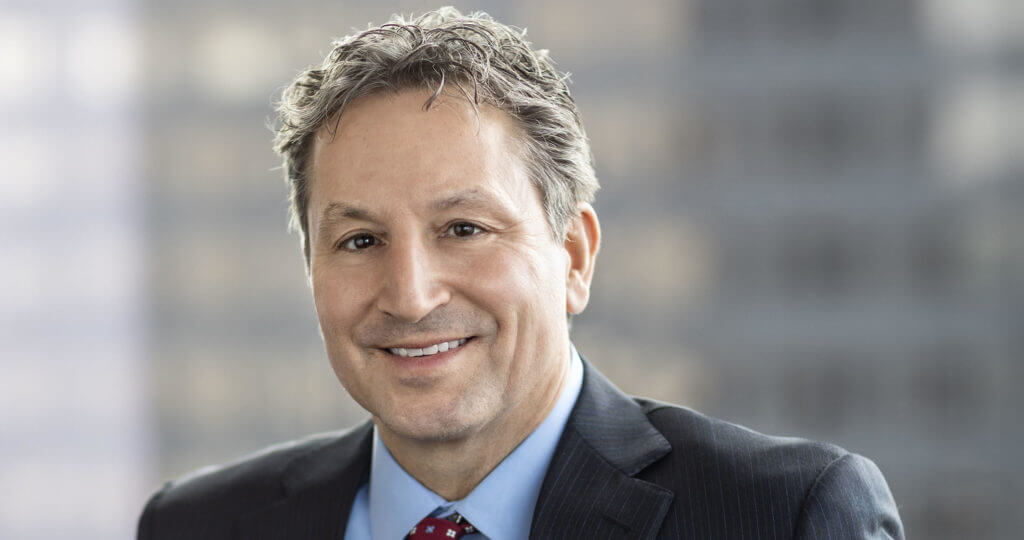Oakmark International Fund – Investor Class
Average Annual Total Returns 03/31/21
Since Inception 09/30/92 9.48%
10-year 6.88%
5-year 9.43%
1-year 84.81%
3-month 9.01%
Gross Expense Ratio: 1.06%
Net Expense Ratio: 1.04%
Expense ratios are based on estimated amounts for the current fiscal year; actual expenses may vary.
The net expense ratio reflects a contractual advisory fee waiver agreement through January 27, 2022.
Past performance is no guarantee of future results. The performance data quoted represents past performance. Current performance may be lower or higher than the performance data quoted. The investment return and principal value vary so that an investor’s shares when redeemed may be worth more or less than the original cost. The To obtain the most recent month-end performance data, view it here.
The Oakmark International Fund had a strong first quarter of absolute and relative performance, returning 9.0% versus its benchmark, the MSCI World ex U.S. Index, which returned 4.0% for the same period. In addition, the Fund has returned an average of 9.5% per year since its inception in September 1992, outperforming the MSCI World ex U.S. Index, which has averaged 6.2% per year over the same period.
Glencore, one of the world’s largest mining firms, was a top contributor for the first quarter. In January, the Swiss-headquartered company announced it would sell its considerable stake in Mopani Copper Mines to the Zambian government for $1.5 billion. We view Mopani as a geographically difficult asset and believe this is an excellent outcome for Glencore. This is part of the company’s larger efforts to reduce exposure to the long tail of less financially significant assets. In addition, we were pleased with Glencore’s full-year results, disclosed in February, as earnings in both the industrials segment and the marketing segment exceeded our expectations by 10% and 4%, respectively. The industrials segment benefited from a recovery in commodities prices from Covid-19 lows, strict cost-control measures and higher production. In addition, the company’s group adjusted earnings for the full-year period ($11.56 billion vs. $10.69 billion) came in ahead of consensus estimates. Balance sheet leverage at the end of the year was within management’s target range, and Glencore proposed a $0.12 per share dividend, which surpassed analysts’ estimates of $0.0625 per share. Following the release, we spoke with current CEO Ivan Glasenberg and his newly appointed replacement Gary Nagle. In our view, Nagle’s focus on improving asset returns should lead to improved financial results over time. As a result, we remain optimistic that further value can be unlocked under Glencore’s new leadership.
Credit Suisse was a top detractor for the first quarter, following a series of negative headlines in March. Early in the month, the Switzerland-based financial services firm lost ~$2 billion – $3 billion in market cap because a fund in its asset management division had exposure to the now-insolvent Greensill Capital. This market cap decline far surpassed Credit Suisse’s direct exposure to Greensill and ignored the fact that a large portion of its clients’ exposure was in cash, highly rated securities or insured investments. At the end of March, the company’s share price dropped again when a New York-based hedge fund client, called Archegos, defaulted on its margin calls to Credit Suisse’s prime brokerage business. As a result, Credit Suisse announced an expected charge of approximately CHF 4.4 billion and a first quarter 2021 pre-tax loss of approximately CHF 900 million. The company also provided updated profitability guidance that greatly exceeded analysts’ estimates, although this news was largely overshadowed by the Archegos headlines. We are pleased with Credit Suisse’s profitability improvements, excluding the charge, and we will continue to monitor the situation closely. We expect the company to make material changes to its risk management leadership in the wake of these events and we believe incoming Chairman António Horta-Osório will bring fresh perspective to Credit Suisse, given his impressive tenure as CEO of Lloyds Banking Group.
During the quarter, we sold our holding of G4S (U.K.), recently acquired by Allied Universal, in favor of other opportunities that we found more attractive. We also sold our Trip.com (China) position as its share price approached our estimate of intrinsic value. We initiated positions in SAP (Germany), a global enterprise resource planning software company that specializes in customizable software for some of the largest enterprises across the globe; Capgemini (France), a global IT services firm that provides technology, consulting, professional and outsourcing services; and Danone (France), a leader in the food processing industry that operates through divisions, such as fresh dairy products, waters, early life nutrition and medical nutrition.
We continue to believe the Swiss franc is overvalued versus the U.S. dollar. As a result, we defensively hedged a portion of the Fund’s exposure. Approximately 13% of the Swiss franc exposure was hedged at quarter end.
Geographically, we ended the quarter with approximately 84% of our holdings in Europe and the U.K., 6% in Asia, and 3% in Australasia. The remaining positions are 2% in South Africa, 4% in North America (Canada) and 1% in Latin America (Mexico).
We thank you for your continued support.
The securities mentioned above comprise the following percentages of the Oakmark International Fund’s total net assets as of 03/31/21: Allied Universal 0.0%, Capgemini 0.9%, Credit Suisse Group 3.2%, Danone 0.2%, G4S 0.0%, Glencore 4.0%, Lloyds Banking Group 4.7%, SAP 1.4% and Trip.com 0.0%. Portfolio holdings are subject to change without notice and are not intended as recommendations of individual stocks.
The MSCI World ex U.S. Index (Net) is a free float-adjusted, market capitalization-weighted index that is designed to measure international developed market equity performance, excluding the U.S. The index covers approximately 85% of the free float-adjusted market capitalization in each country. This benchmark calculates reinvested dividends net of withholding taxes. This index is unmanaged and investors cannot invest directly in this index.
The Fund’s portfolio tends to be invested in a relatively small number of stocks. As a result, the appreciation or depreciation of any one security held by the Fund will have a greater impact on the Fund’s net asset value than it would if the Fund invested in a larger number of securities. Although that strategy has the potential to generate attractive returns over time, it also increases the Fund’s volatility.
Investing in foreign securities presents risks that in some ways may be greater than U.S. investments. Those risks include: currency fluctuation; different regulation, accounting standards, trading practices and levels of available information; generally higher transaction costs; and political risks.
The percentages of hedge exposure for each foreign currency are calculated by dividing the market value of all same-currency forward contracts by the market value of the underlying equity exposure to that currency.
The information, data, analyses, and opinions presented herein (including current investment themes, the portfolio managers’ research and investment process, and portfolio characteristics) are for informational purposes only and represent the investments and views of the portfolio managers and Harris Associates L.P. as of the date written and are subject to change and may change based on market and other conditions and without notice. This content is not a recommendation of or an offer to buy or sell a security and is not warranted to be correct, complete or accurate.
Certain comments herein are based on current expectations and are considered “forward-looking statements”. These forward looking statements reflect assumptions and analyses made by the portfolio managers and Harris Associates L.P. based on their experience and perception of historical trends, current conditions, expected future developments, and other factors they believe are relevant. Actual future results are subject to a number of investment and other risks and may prove to be different from expectations. Readers are cautioned not to place undue reliance on the forward-looking statements.
All information provided is as of 03/31/2021 unless otherwise specified.






